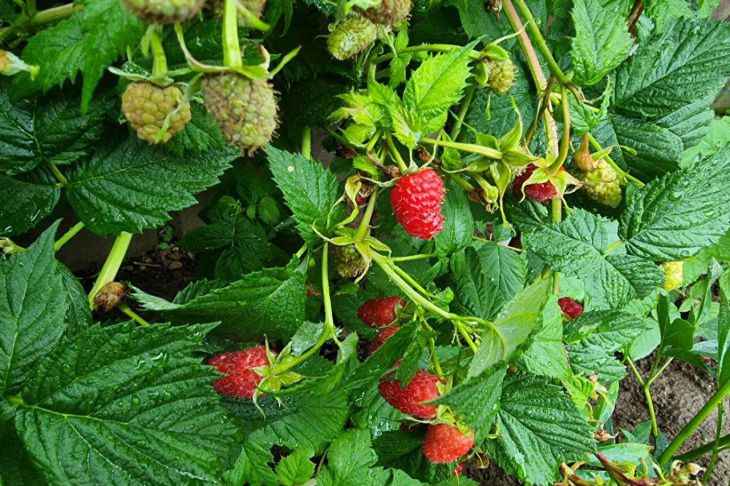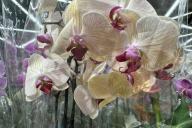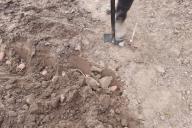To get a rich harvest of raspberries, you need to take proper care of them, including applying fertilizers.
However, it should be taken into account that some fertilizers, instead of being beneficial, can, on the contrary, harm the plant.
Agronomist Anastasia Kovrizhnykh explained what you shouldn’t feed raspberries with.
What fertilizers should not be used
In the autumn period it is better not to apply a lot of nitrogen fertilizers.
This kind of feeding will stimulate the growth of shoots. However, they may die in winter.

When using such fertilizers in the spring, you also need to take into account some important nuances.
In particular, this fertilizer can affect the acidity of the soil, increasing it.
But raspberries may not like this soil. Therefore, you can add a little wood ash to the fertilizers.
When choosing potassium fertilizers, you need to pay attention to their composition. It is important that they do not contain chlorine. Otherwise, this substance can have a negative effect on the berries.
Also, when fertilizing raspberries, it is better not to mix different fertilizers.
How to feed the plant
As a fertilizer for raspberries, you can use humus. A bucket of such fertilizer is required per square meter.
It needs to be evenly distributed over the area, lightly covered with soil.
Wood ash will also be beneficial for raspberries. It contains various minerals. Ash can be added either in dry form or as a solution.
600 grams of ash should be added to ten liters of water. Let the solution sit for a day, and then water the berries with it. A bush will need about two liters of this solution.
Earlier, the expert explained how to scare birds away from cherries and raspberries.









